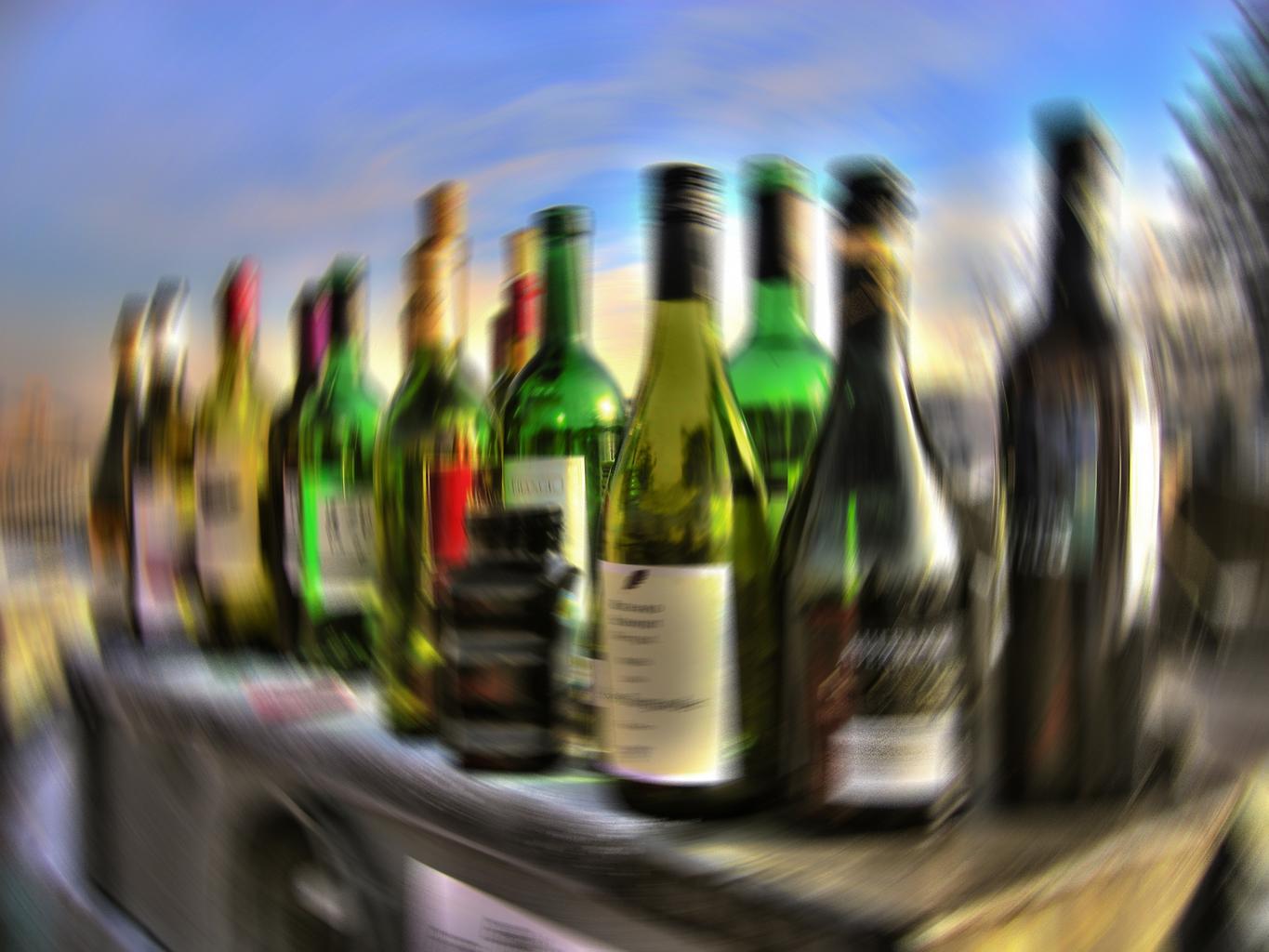METABOLISM and TOXICITY
how does metabolism drive individual response to chemical exposures?
In the Hartman lab, we are interested in the broad question: if a population of people are exposed, why do only a few respond? We believe that a key factor in chemical exposure response is metabolism. Our research projects are centered around this central hypothesis.

HOW METABOLISM DRIVES EXPOSURE RESPONSE


Xenobiotic Metabolism
One way that individuals differ in metabolism is through genetic and non-genetic differences in xenobiotic metabolism: this is how our body handles foreign chemicals, including drugs and pollutants. We study pathways we think are particularly important and understudied for inter-individual differences.
Metabolic Conditioning
We also study how long-term diet and exercise habits cause fundamental shifts in the metabolic landscape (including how we handle glucose, fatty acids, and proteins) and how those big changes impact exposure to toxic chemicals.

from worms to humans
Our lab works across a variety of model organisms to form a complementary and comprehensive picture of the mechanisms we study. We love Caenorhabditis elegans, microscopic roundworms that have already contributed much to the field of biology and aging. C. elegans offers many advantages, including incredible genetic tools to dissect complicated metabolic pathways. We use worms to complement mammalian cell culture, rodent studies, and human studies.

MAJOR PROJECTS

What is the natural function of CYP2E1?
Cytochrome P450 2E1 (CYP2E1) is an enzyme found at high levels in the liver and at lower levels in tissues such as the intestine, kidney, heart, lung, nasal mucosa, and brain. Every human carries a functional CYP2E1 gene, and no loss of function variants have been identified in the population. The enzyme is also conserved across mammals, suggesting it serves an important physiological role. Paradoxically, mice lacking CYP2E1 appear healthy and are even protected from high fat diet–induced obesity, alcohol toxicity, and damage from certain drugs and pollutants. This raises a fundamental question: if the absence of CYP2E1 can be beneficial, why has the enzyme remained so evolutionarily conserved? Our lab is investigating this question using multiple model systems including mice, cultured cells, and C. elegans to uncover the natural roles of CYP2E1 in metabolism, disease, and adaptation.

What is the role of mitochondrial CYP2E1 in acetaminophen and trichloroethylene toxicity?
Cytochrome P450 2E1 (CYP2E1) is expressed throughout the body, with the highest levels in the liver. This enzyme is essential for the toxicity caused by the common pain reliever acetaminophen (Tylenol) and by the environmental pollutant trichloroethylene, a drinking water contaminant. Recent evidence suggests that the fraction of CYP2E1 localized to mitochondria may be especially important in driving this toxicity. Our lab is investigating how and why mitochondrial CYP2E1 contributes to these effects. Because CYP2E1 can generate reactive oxygen species (ROS) directly, its presence in mitochondria may promote oxidative stress and cellular injury. Understanding these mechanisms will help clarify how mitochondrial CYP2E1 influences drug and pollutant toxicity.

How does CYP2E1 in the brain impact neurotoxicity, alcohol drinking behavior, and withdrawal?
Although most studies of cytochrome P450 2E1 (CYP2E1) focus on its role in the liver, this enzyme is also expressed in neurons within the central nervous system. Our lab has found that mice lacking CYP2E1 drink more alcohol at baseline and escalate their drinking more rapidly. One possible explanation is that CYP2E1 metabolizes ethanol to form acetaldehyde, a reactive compound that contributes to alcohol-related toxicity and may also influence the rewarding and behavioral effects of alcohol. In addition to acetaldehyde, CYP2E1 generates endogenous aldehydes such as methylglyoxal, which can have neuropharmacological effects. We are investigating how these pathways link CYP2E1 activity in the brain to neurotoxicity, alcohol consumption, and withdrawal responses.

How does the ketogenic diet influence CYP2E1 activity and GABA signaling?
The ketogenic diet (KD) is a high fat, low carbohydrate diet that raises circulating ketone bodies such as acetone. Our lab is exploring how the enzyme cytochrome P450 2E1 (CYP2E1) metabolizes acetone to form methylglyoxal, a reactive metabolite that may act as a signaling molecule. We are particularly interested in how methylglyoxal production by CYP2E1 affects the neurotransmitter GABA, which plays important roles in both the intestine and the brain. Increased GABA signaling in the gut may strengthen the intestinal mucus barrier and promote epithelial health, while altered GABA signaling in the brain could influence seizure susceptibility. By connecting CYP2E1 metabolism of ketone bodies to GABAergic signaling, our research aims to uncover how dietary interventions like the ketogenic diet influence metabolism, gut–brain communication, and neurological outcomes.

How Does Exercise Protect from Neurotoxicity?
In this project, which originated from a K99/R00 award from the National Institute of Environmental Health Sciences (NIEHS), we discovered that physical activity protects dopaminergic neurons from chemical-induced injury. Our current work aims to uncover the molecular mechanisms underlying this protection. Using our novel C. elegans swimming exercise model, we are testing how exercise reshapes stress response pathways and neuronal resilience. Through unbiased approaches, including transcriptomic and metabolomic profiling, we are identifying the genes and signaling networks required for this neuroprotection. Because dopaminergic neurons are especially vulnerable to environmental toxicants and oxidative stress, understanding how exercise confers protection may reveal conserved pathways that can be targeted to prevent or treat neurodegenerative diseases such as Parkinson’s disease.

What is the function of secreted MANF?
Mesencephalic astrocyte-derived neurotrophic factor (MANF) is the only neurotrophic factor conserved from C. elegans to humans. Within the cells that produce it, MANF functions as a key regulator of the unfolded protein response in the endoplasmic reticulum, helping to maintain cellular protein homeostasis under stress. However, MANF is also secreted, and what happens after it leaves the cell remains a major unanswered question. Our lab is investigating the extracellular functions of MANF, including how it interacts with neighboring cells and contributes to tissue-level communication and repair. By combining genetic, biochemical, and imaging approaches across multiple model systems, we aim to define how MANF operates both inside and outside of cells, revealing new insights into conserved mechanisms of stress adaptation and neuroprotection.
